The Bose qc 25 stands out remarkably. Released in 2015, these headphones still sell out in 2025 despite the market’s flood of newer models.
These headphones reduce ambient noise by up to 80% during active use. Music playback pushes this reduction to an impressive 99%. Frequent travelers and audio enthusiasts praise their performance consistently. Users often say the QC25 feels like a “cloud” on their head. This comfort makes them ideal for long-haul flights and extended listening sessions.
The QC25 outperforms many modern competitors in sound quality and noise isolation. A single AAA battery powers these wired headphones for 35 hours. The time-tested QC25 deserves consideration for your audio collection, given its continued demand in 2025.
Table of Contents
ToggleBose qc 25: The Wired Advantage in a Wireless World
The Bose qc 25 proves that wired headphones still have their place in today’s wireless world. These headphones aren’t just a fallback option – they bring unique advantages that wireless models can’t match.
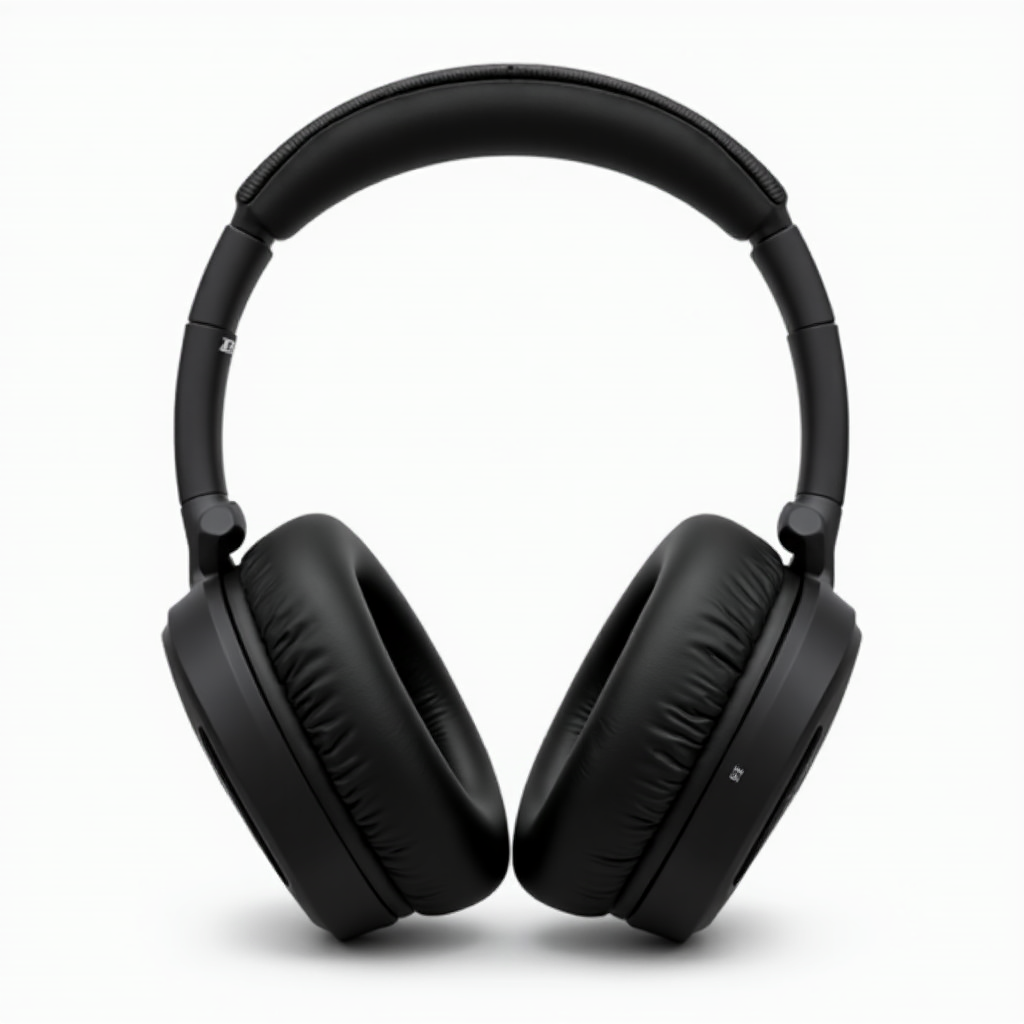
Battery Life: 35+ Hours on a Single AAA
A single AAA battery powers the bose QC 25 for an impressive 35 hours of continuous use. This beats many rechargeable competitors that need frequent charging. The QC25 improves on its predecessor’s design (the QuietComfort 15) by working even when the battery runs out. You’ll lose active noise cancelation without power, but your music keeps playing.
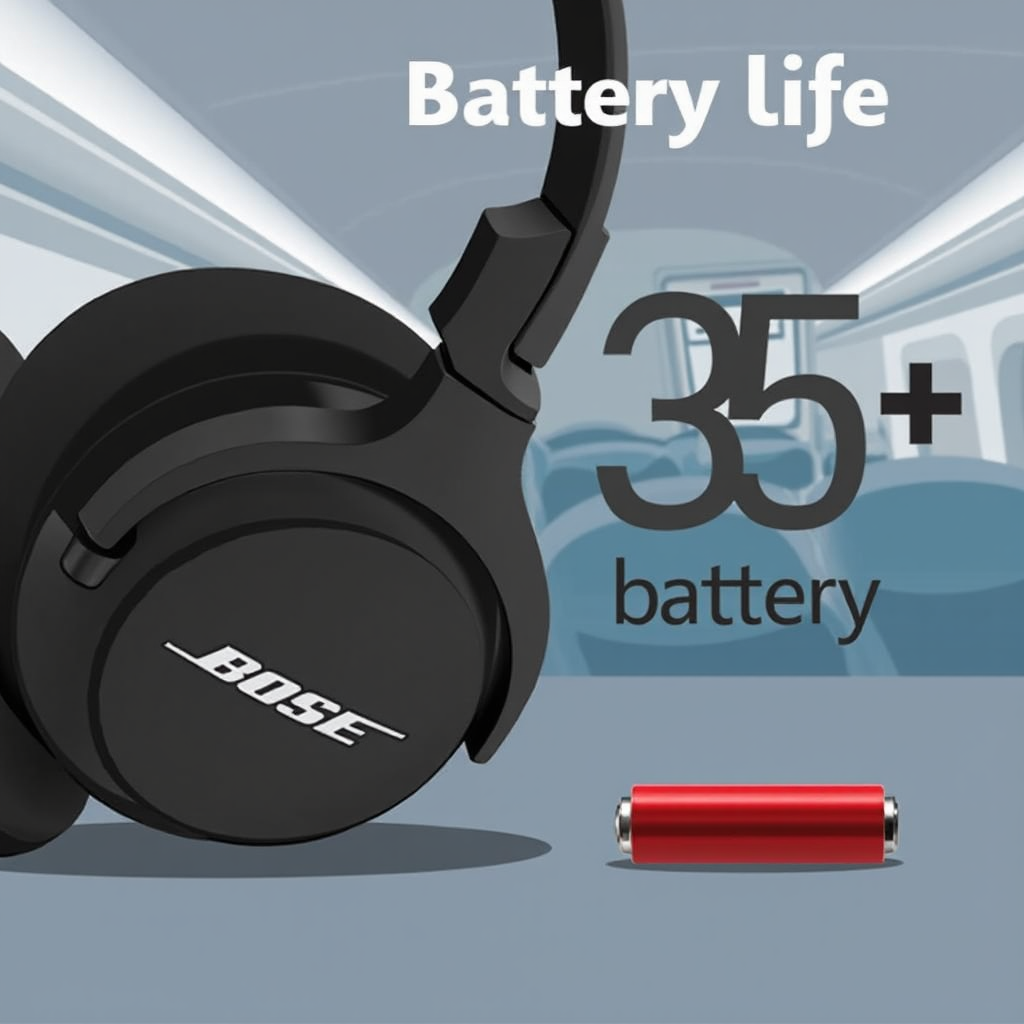
Users love the battery life. One person got “3+ days of heavy usage” from a single battery, while another went “2-3 days before swapping batteries” with 6-8 hours of daily use. The smart design has a special spot in the carrying case for a backup battery.
No Charging Anxiety During Long Flights
The bose QC 25’s AAA battery system really shines during travel. A reviewer put it well: “Running on AAAs is a huge advantage” because “an 11-hour flight from London to San Francisco is no time to find yourself with dead headphones”.
You can find AAA batteries at any airport, train station, or convenience store worldwide. Finding a charging port while traveling can be tough, and a forgotten charging cable leaves you stranded. This simple battery solution gives you peace of mind that rechargeable headphones just can’t match.
Audio Quality Without Bluetooth Compression
The wired connection delivers better sound quality than Bluetooth because there’s no compression. Your music comes through with more detail and clarity. Users say the headphones have “a balanced audio profile with clear mids and highs, making them suitable for various music genres”.
Reviews describe the sound as having “a warm, bass-heavy” signature. One user noted that “the sound quality makes it easy to listen to a wide range of music (from orchestral, to electronic, to folk, to metal, and most anything in between)”. The QC25 sounds great even with noise cancelation turned off – something not all noise-canceling headphones can claim.
bose QC25 vs. Newer Bose Models: What You Gain and Lose
Looking to upgrade your trusty Bose Qc 25? Let’s get into how these headphones stack up against newer models to see if upgrading makes sense.
Sound Quality Comparison: QC25 vs. QC35 II vs. QC45
The bose QC25 comes with what many users call a “relaxed” sound signature that works great for long listening sessions. This classic model delivers clear audio without overdoing the bass, which makes it a good match for different music genres. The QC35 II brings a more balanced frequency response that aligns well with ideal sound curves for everyday listening.
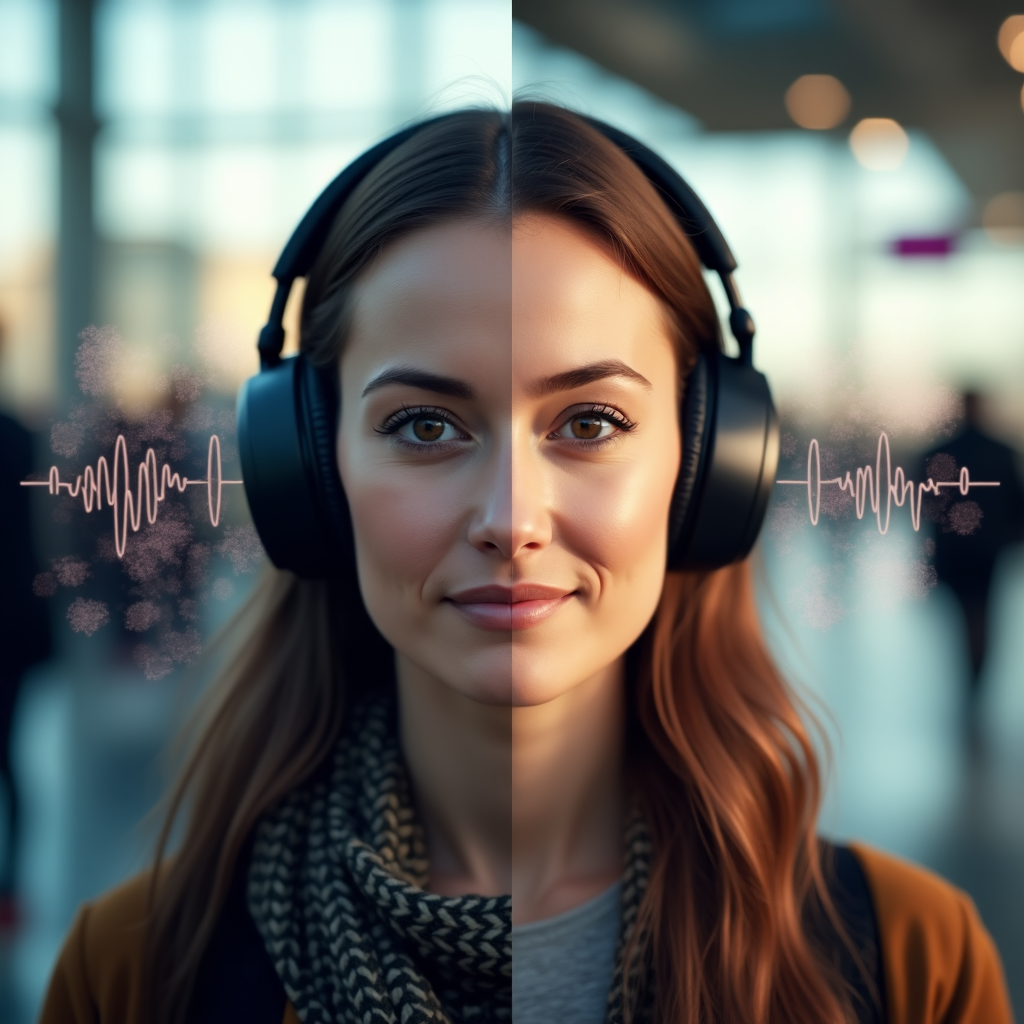
The bose QC45 takes things in a different direction with substantially boosted treble. This boost helps make podcast voices clearer, but it can make poorly mixed tracks sound harsh and unpleasant. The QC45 does have one ace up its sleeve – custom EQ through the Bose app, something you won’t find in the QC25 or QC35 II.
Noise Cancelation Effectiveness: Still Competitive?
The bose QC25’s noise cancelation holds up amazingly well for a 2015 release. You get consistent isolation from -20dB at 30Hz to -30dB at 2.5KHz, and it really shines at blocking low and mid-frequency sounds.
Newer models do better with higher frequencies. The QC45 can block sounds from 2-11kHz, while the QC25 reduces this range but not quite as much. So you might still hear some loud sudden noises with the QC25.
Price-to-Performance Ratio in 2025
bose QC25 headphones are a great value in 2025, especially since they’re discontinued but still in demand. These used to cost around $300, but now you can find them much cheaper on secondary markets. Plus, replacing parts is straightforward.
The QC35 II adds wireless capability and feels a bit more solid. The QC45 brings USB-C charging to the table with faster charge times – 15 minutes gets you 180 minutes of playback, compared to 150 minutes for the QC35 II.
The QC25 still stands out with its mix of solid noise cancelation, comfort, and reliable wired connection. Many users find it gives them about 80% of what newer models offer at a much lower price point.
The Durability Factor: Why QC25 Outlasts Modern Headphones
The Bose Qc 25’s reputation goes beyond just sound quality and battery efficiency. These headphones have become legendary among audiophiles for their physical endurance. Their surprising durability explains why they still thrive in 2025, years after their original release.
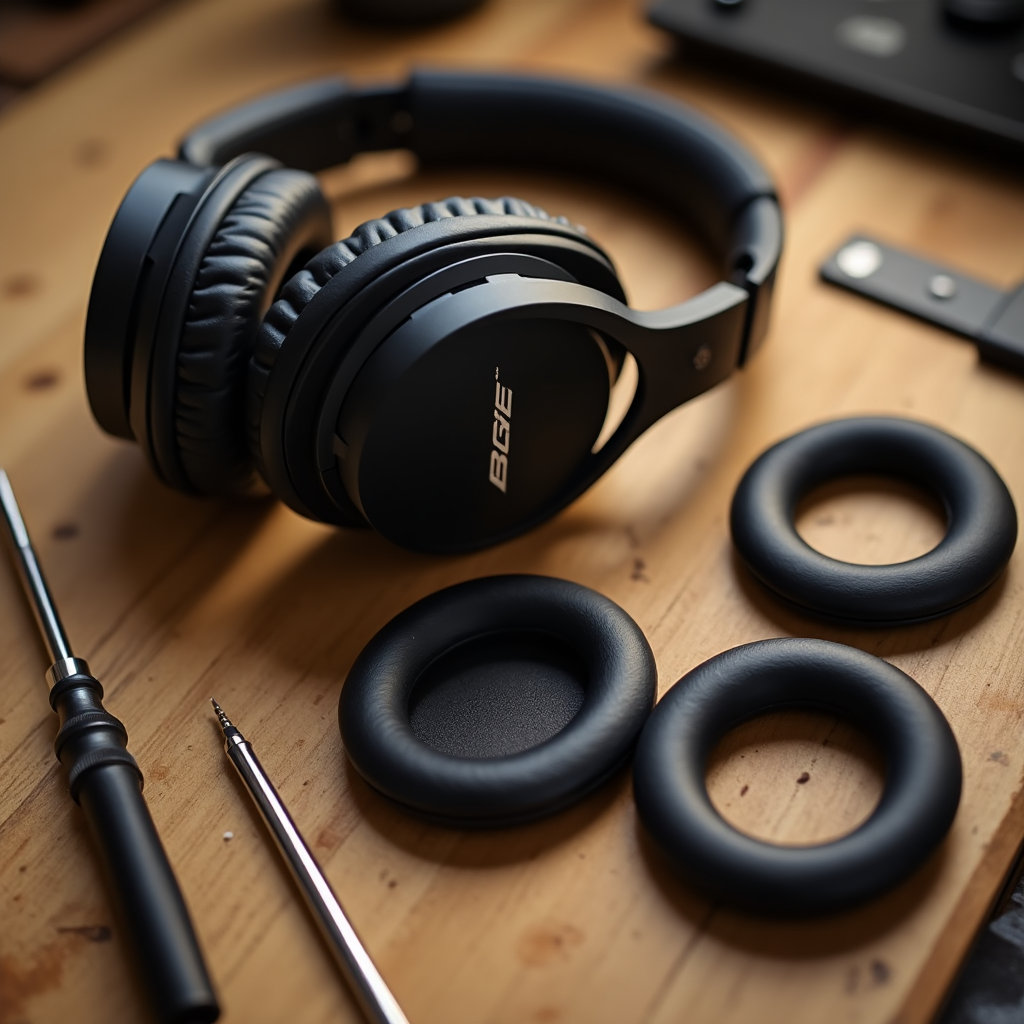
Replaceable Parts: Ear Pads, Cables, and Batteries
The QC25’s modular design stands out from today’s integrated electronics. Regular users will need new ear cushions about every two years, but replacing them couldn’t be easier. You can find third-party replacement cushions with better stitching and stronger glue that won’t split. A new pair costs around $35, which makes maintaining these headphones affordable over time.
The detachable cable design fixes one of the biggest headphone problems. A frayed cable won’t force you to throw away the whole unit – you just swap in a new one. The AAA battery system means you’re free from charging stations, and a single battery lasts 35 hours.
Simple Mechanical Design with Fewer Failure Points
The QC25’s plastic build might seem disappointing given its price tag. The simplicity actually helps these headphones last longer. They have fewer electronic parts than wireless models, so there’s less that can go wrong.
These lightweight headphones put less stress on important structural points. The flexible headband handles daily use well, and the earcups are built tougher than their plastic hinges.
Real-Life Longevity: 10+ Years of Service Reports
The real-life durability stories from everyday users tell the most compelling story. Users report their QC25s surviving harsh conditions – exposure to dust, sweat, grease, and even grinder dust – lasting 2-3 years of daily industrial use.
Some users say they’ve used these headphones for everything over 15 years, only needing five replacement ear pad sets during that time. Many users admit they’ve fallen asleep wearing them without any damage, which shows how much physical stress these headphones can take.
These firsthand stories back up what the design suggests – the QC25 was built to last.
Professional Use Cases Where QC25 Still Dominates
The Bose QuietComfort 25 stands out as the top choice for many professionals, even with countless wireless models in the market today. These headphones pack specialized features that make them invaluable in work environments where performance and reliability matter.
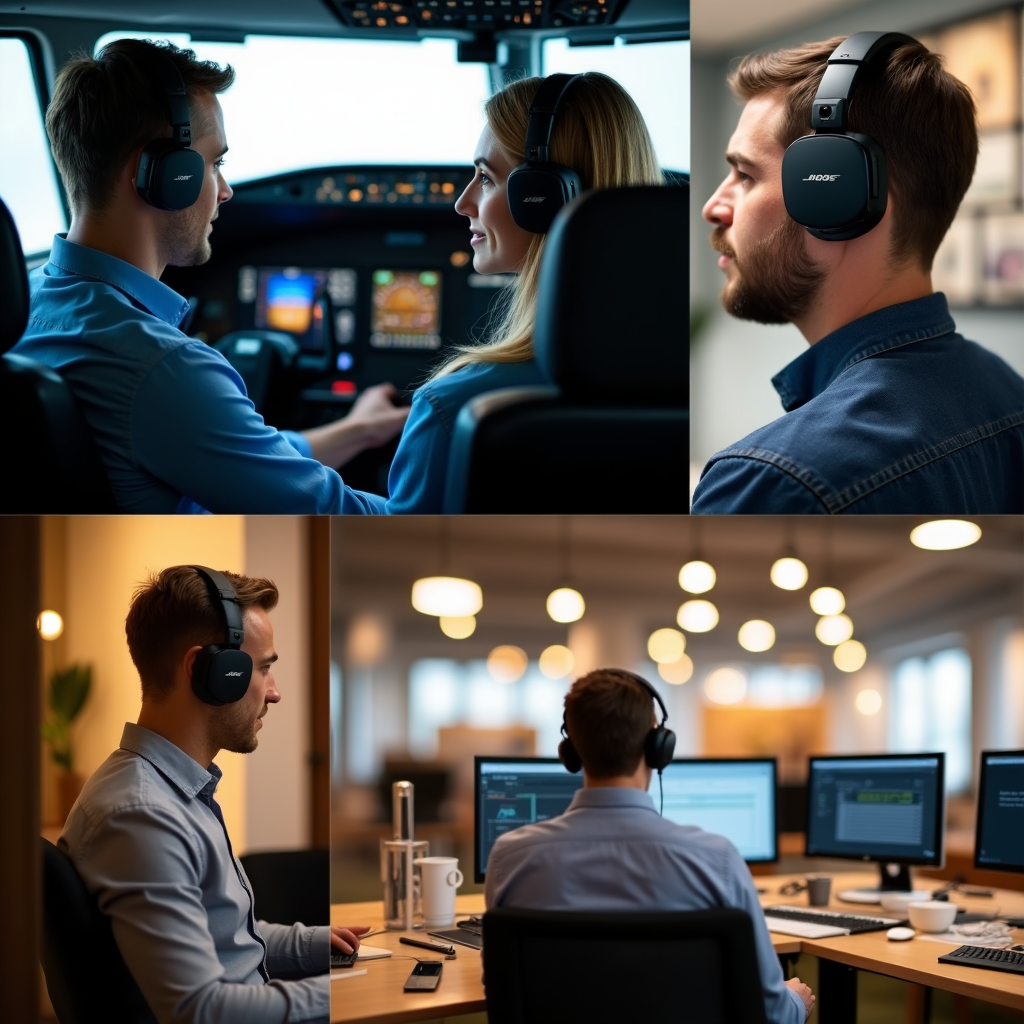
Aviation and Travel Scenarios
The QC25 has become a legend among frequent flyers. Its noise cancelation works amazingly well in aircraft cabins. One user said it felt “like I was in Alaska with 2-3 people talking in the next house”. This performance isn’t random – many users guess Bose engineers must have “rented a lab next to Airbus factory” to get it just right.
Flight attendants and pilots pick the QC25 over newer models because it blocks more low-frequency noise than any other Bose consumer headphone ever made. The AAA battery system works great for long trips – you just swap batteries instead of hunting for charging ports at crowded airports.
Studio and Recording Environments
Sound professionals love using the QC25 for mobile production, especially in loud spaces where noise cancelation really helps. These headphones deliver precise sound reproduction with “a more finely tuned Active EQ” and balanced audio throughout the frequency range.
Music producers like the QC25’s “relaxed sound signature” that stays comfortable during long editing sessions. The absence of Bluetooth compression means every detail comes through clearly during critical listening.
Office and Work-From-Home Settings
The QC25 creates what users call their “own private soundroom” in office spaces by blocking out distractions effectively. Remote workers find this feature especially helpful when dealing with noisy home environments.
People can wear these headphones all day without getting uncomfortable, thanks to their light yet secure design. Many workers use them as “earmuffs” just to focus better, even without playing any music.
New models might have extra features, but the QC25 remains the go-to choice for professionals who value reliable performance over wireless convenience.
Conclusion
The Bose Qc 25 is proof of engineering excellence that values reliability over trendy features. Modern headphones may offer wireless connectivity and app integration, but the QC25’s simple design keeps winning over professionals and travelers.
Sound quality stays exceptional without Bluetooth compression affecting audio fidelity. A single AAA battery delivers reliable 35-hour performance, especially when you have long flights or recording sessions. The headphones’ modular design lets you replace ear pads and cables easily, which means they outlast typical consumer electronics.
The QC25’s strong presence in professional settings speaks volumes. Pilots depend on their consistent noise cancelation. Studio engineers appreciate their accurate sound reproduction, and office workers count on their comfort through long workdays.
The QC25 shows that the best technology doesn’t need the newest features – it just needs to perform core functions exceptionally. These headphones excel at what truly matters: dependable performance, practical durability, and outstanding sound quality that endures.
FAQs
Q1. Are the Bose Qc 25 headphones still worth buying in 2025? Yes, the QC25 headphones remain a popular choice in 2025 due to their excellent noise cancelation, reliable wired connection, and impressive battery life of 35+ hours on a single AAA battery. They offer great value, especially for frequent travelers and audio professionals.
Q2. How does the sound quality of the QC25 compare to newer Bose models? The QC25 offers a balanced, “relaxed” sound signature that many users find pleasing for extended listening sessions. While newer models may have slight improvements in certain areas, the QC25’s audio quality remains competitive, especially considering its price point in 2025.
Q3. What makes the Bose Qc 25 more durable than modern headphones? The QC25’s durability stems from its simple mechanical design with fewer failure points, replaceable parts (ear pads, cables, and batteries), and a lightweight yet sturdy construction. Many users report their QC25s lasting 10+ years with proper care and maintenance.
Q4. In which professional settings are the QC25 headphones still preferred? The QC25 remains popular in aviation, studio recording, and office environments. Its effective noise cancelation, wired reliability, and comfort during long sessions make it a go-to choice for pilots, audio professionals, and office workers seeking focused productivity.
Q5. What are the main advantages of the QC25’s wired design in a wireless world? The wired design offers several benefits: no charging anxiety during long flights (just swap AAA batteries), audio quality without Bluetooth compression, and reliable connectivity in professional settings where wireless interference might be an issue. This makes the QC25 a dependable choice for critical listening and work scenarios.
